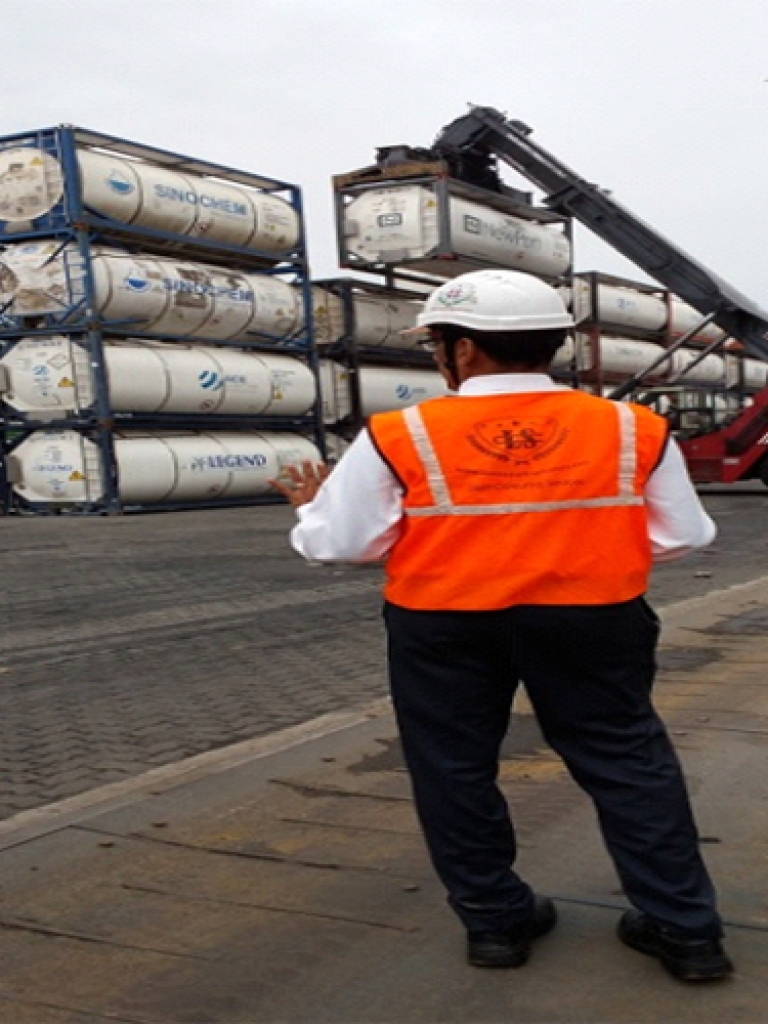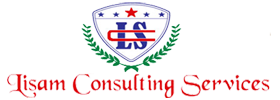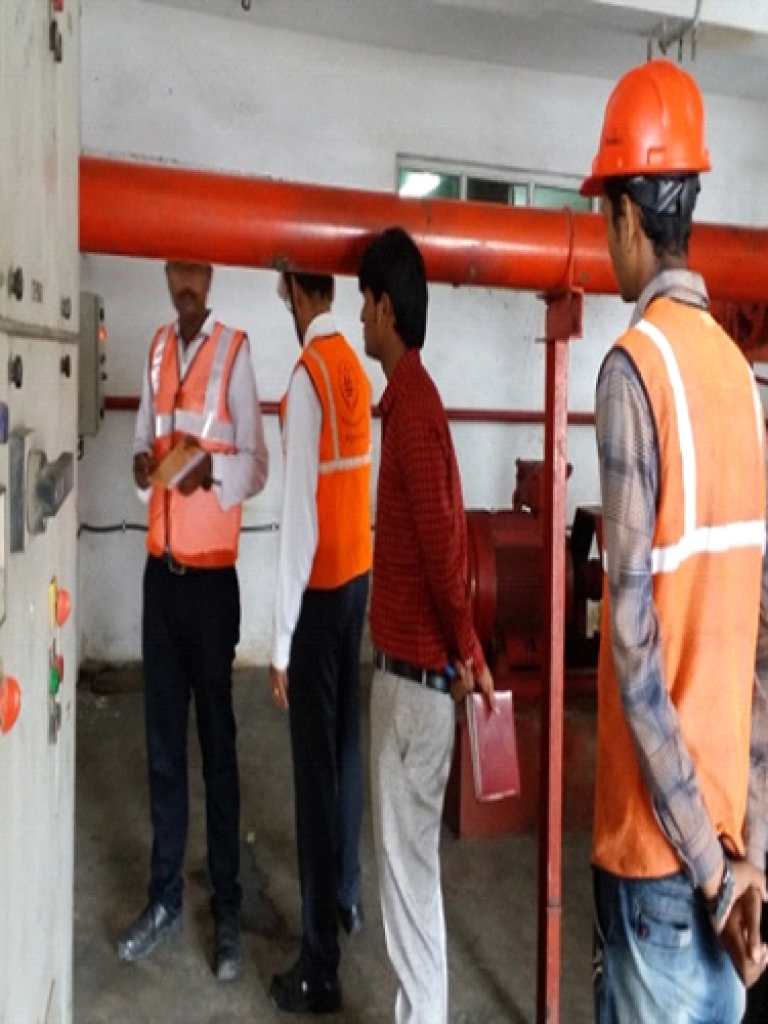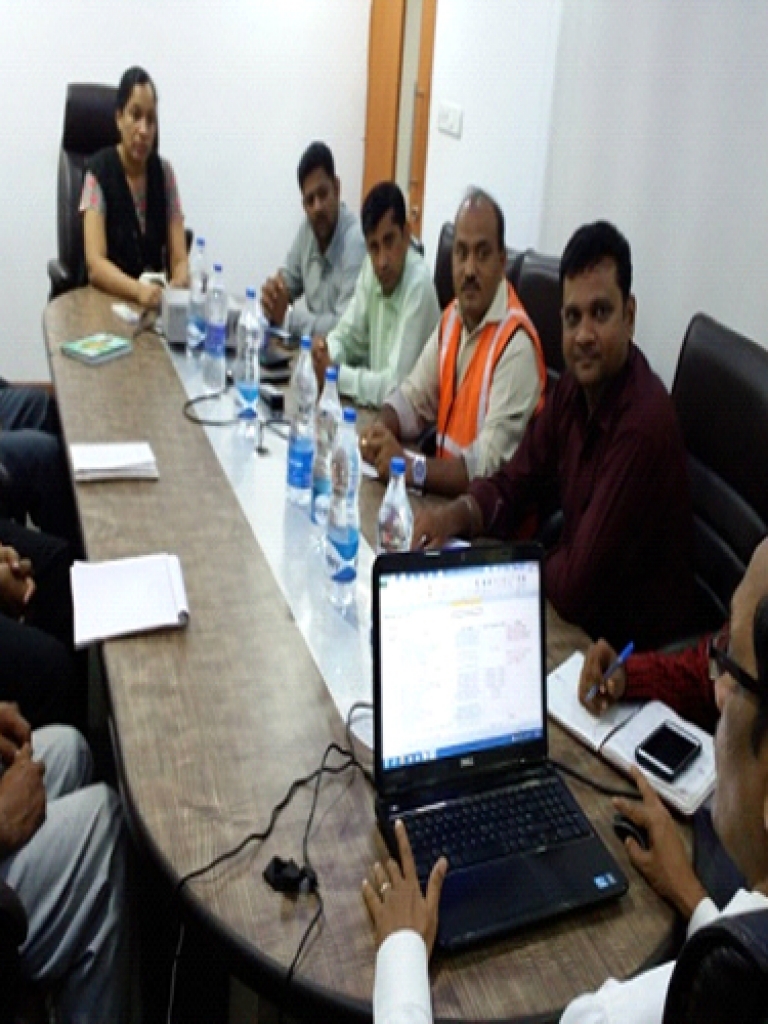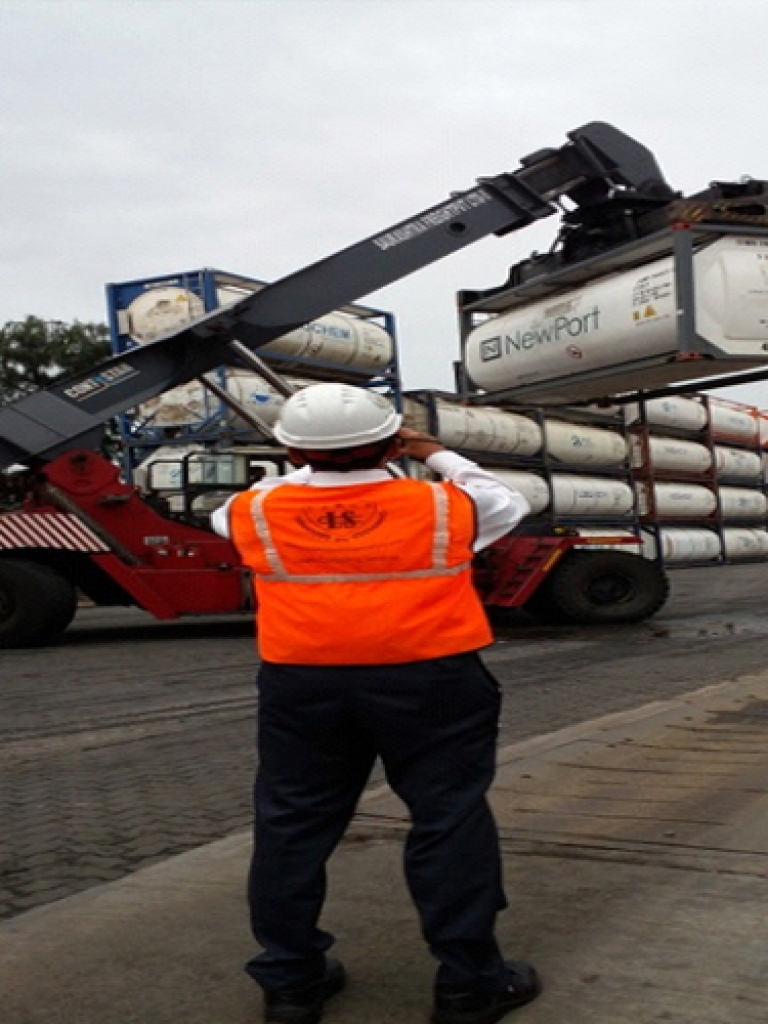5S is a system for organizing spaces so work can be performed efficiently, effectively, and safely. This system focuses on putting everything where it belongs and keeping the workplace clean, which makes it easier for people to do their jobs without wasting time or risking injury.
Benefits of 5S
Over time, the 5S methodology leads to many benefits, including :
Reduced costs;
Higher quality;
Increased productivity;
Greater employee satisfaction;
A safer work environment.
5S Training
Anyone who will participate in 5S activities needs to receive training. For employees to understand why the company is going to start using 5S and why it\'s important, they will be given a brief history of 5S, its parts, and its benefits.
It\'s quite possible that the way 5S is carried out at one organization or even one department will be different from others, so groups performing 5S for the first time may need to work out the best way to perform the steps of 5S in their spaces.
In any case, everyone should receive training when 5S is new, and then any new employees who come onboard later will receive training about 5S as well.
The Costs of 5S vs. Long-Term Savings
Top Management considering using 5S may wonder if 5S is expensive to implement. Generally, it\'s not. It is a value addition. There may be an up-front investment in tools like floor marking tape and labels, and some time does need to be spent on training and on 5S activities, which takes up employees\' time. In the long run, though, 5S makes processes run more smoothly and prevents mishaps, and those things usually save businesses money.
The 5S system is a good starting point for all improvement efforts aiming to drive out waste from the manufacturing process, and ultimately improve a company’s bottom line by improving products and services, and lowering costs. Many companies are seeking to make operations more efficient, and the concept is especially attractive to older manufacturing facilities looking to improve the bottom line by reducing their costs.
Implementing the 5S method means cleaning up and organizing the workplace in its existing configuration. It is typically the first lean method that organizations implement. This lean method encourages workers to improve their working conditions and helps them to learn to reduce waste, unplanned downtime, and in-process inventory
